
Barbiturate drugs are prescribed to treat seizures, and in more limited instances, anxiety and insomnia. But, when abused, these drugs can cause addiction and overdose. First time and chronic users alike can overdose. Overdose can first resemble alcohol intoxication before progressing to more serious extremes, including respiratory depression, coma, and death. Roughly ten percent of barbiturate-related overdoses are fatal, most commonly from complications of the heart and lungs.
 Prescription drug abuse affects countless individuals and families across our nation. And sadly, in many cases these individuals actually abuse their own medications or get barbiturates from their family members or other loved ones. Some individuals may do this to self-medicate a physical or mental health condition, while others do so for recreational purposes. If you’re struggling with insomnia or anxiety this might seem like a quick fix. But regardless of why you initiate barbiturate abuse, you’re ingesting a drug which has a high potential for overdose.
Prescription drug abuse affects countless individuals and families across our nation. And sadly, in many cases these individuals actually abuse their own medications or get barbiturates from their family members or other loved ones. Some individuals may do this to self-medicate a physical or mental health condition, while others do so for recreational purposes. If you’re struggling with insomnia or anxiety this might seem like a quick fix. But regardless of why you initiate barbiturate abuse, you’re ingesting a drug which has a high potential for overdose.
How Do People Abuse Barbiturates?
Barbiturates are produced in capsule, tablet, and elixir forms. During abuse, whether it be self-medication or recreationally, many people continue to consume these drugs orally, but in larger and more frequent quantities. Recreational users may use barbiturates because they create feelings similar to being drunk or intoxicated on alcohol.
When a person is addicted, or even within patterns of abuse, they might decide to alter the form of the drug and administer it differently. This is because they hope to enhance or quicken the drug’s effects. These methods may include smoking, snorting, rectally (“plugging”), or even by liquefying capsule or tablet forms and injecting it.
And in another attempt to alter or expedite the pleasurable effects, or to moderate ill effects of another drug, users often abuse barbiturates with alcohol or opiates. Mixing these drugs is not a harmless, fun time. All of these work upon your central nervous system (CNS) with depressant qualities, leading to what can be deadly results.
What Are Barbiturates?
Barbiturate drugs have sedative and hypnotic effects, which mean they can make you feel sleepy or very relaxed. This mechanism of action occurs due to the way this class of drugs decreases the rate of certain activity within your brain. These effects are also what makes them so appealing to drug abusers. Frequently abused barbiturates include (name brand is listed second):
- Butabarbital (Butisol Sodium)
- Phenobarbital (Luminal)
- Pentobarbital (Nembutal)
- Secobarbital (Seconal)
 Even prescribed use of these drugs changes the way your CNS functions, earning them the term CNS depressants. These effects are felt more profoundly within patterns of abuse and addiction.
Even prescribed use of these drugs changes the way your CNS functions, earning them the term CNS depressants. These effects are felt more profoundly within patterns of abuse and addiction.
As your CNS is depressed various systems within your body which are tasked with life-support begin to slow down or fall, including:
- Blood pressure
- Breathing rate (respiration)
- Heart rate
- Temperature
Severe levels of CNS depression are what initiate overdose. When too much of the drug is used these critical systems can even begin shutting down. The higher potential for overdose is why barbiturates are prescribed in smaller numbers than they were in the past. Now, benzodiazepines are largely used in their place, however these drugs also run the risk of addiction and overdose.
What Are The Signs Of Barbiturate Overdose?
What makes barbiturate abuse dangerous is how it resembles alcohol intoxication. This similarity can surface as an excuse or diversion for a barbiturate abuser. Barbiturate abusers might try to pin their abuse on alcohol or the casual observer might make this assumption on their own. Try to be mindful of this. If a person becomes suddenly drunk after having only one drink (especially if they’ve struggled with barbiturate abuse in the past) there may be cause for concern.
According to MedlinePlus signs of overdose include:
- Becoming uncoordinated
- Changes in speech (speaking slower or slurring words)
- Coma
- Difficulty maintaining consciousness
- Feeling or moving sluggishly
- Having trouble walking (staggering)
- Intense drowsiness
- Impaired judgment
- Slow or shallow breathing
- Struggling to think clearly
Many of these symptoms are also present in varying degrees during an intoxicated state. But beware, intoxication can quickly progress to full-fledged overdose. If you have the slightest concern that you’re going into overdose, or watching a loved one do so, call emergency medical services immediately. This prompt action could save a life.
Can A Barbiturate Overdose Be Deadly?
Yes. Again, nearly one in ten barbiturate-related overdoses leads to death. As barbiturates are often mixed with alcohol or opiates (all three may be abused together) a large number of overdoses result this way. In fact, MedlinePlus warns that these polydrug abusers are:
“New users who do not know these combinations can lead to coma or death”
“Experienced users who use them on purpose to alter their consciousness”
They conclude by cautioning that overdose in the second group of individuals is harder to treat.
What Are The Risks Of A Barbiturate Overdose?
While death is surely the most serious concern, even a non-fatal overdose can have some life-altering results. According to MedlinePlus, overdose may lead to:
- Coma
- Developmental damage to the child in utero
- Miscarriage
- Falls, leading to head injuries, concussions, injury to the neck and spine regions, and/or paralysis.
- “Pneumonia from depressed gag reflex and aspiration”
- “Severe muscle damage from lying on a hard surface while unconscious, which may lead to permanent kidney injury”

Your drug abuse and addiction doesn’t have to progress to this point. But every time you use you’re taking a gamble with your health and life. Fortunately, help exists. Barbiturate abuse and addiction can be treated with the right combination of treatment modalities, and with the help of the right program.
The Right Treatment Could Save Your Life
Since a vast majority of prescription drug abuse begins from self-medication, a good treatment program should address any physical or mental health concerns which precipitated abuse. So if you struggle with anxiety, insomnia, or seizures, and you’ve found that you’re misusing your prescription (or someone else’s) in dangerous ways, treatment should address these adverse health effects alongside of the addiction.
This might include implementing the use of another medication to curb the symptoms of these conditions. For a co-occurring disorder like anxiety, individuals should be offered dual diagnosis care so that the mental illness is treated too. These treatments hold true with recreational abusers who may have a mental health disorder.
Effective treatment for both addiction and co-occurring disorders includes behavioral therapies; two research-based examples include cognitive behavioral therapy (CBT) and dialectical behavior therapy (DBT).
Barbiturates do form intense physical dependencies. Because of this, a medical detox may be necessary prior to commencing inpatient drug rehab. Life can be very overwhelming and dark when you’re living under the constant burden of an addiction. It doesn’t have to be this way.
Get Treatment And Find Hope Today
Don’t give up your life to addiction. Contact the compassionate treatment specialists today at DrugRehab.org. We have more resources on barbiturate abuse and addiction to help you or a family member begin living a sober and safer life. Contact us today.
For More Information Related to “Signs Of A Barbiturate Overdose” Be Sure To Check Out These Additional Resources From DrugRehab.org:
- Commonly Abused Benzodiazepines
- Signs Of A Heroin Overdose
- Signs Of A Xanax Overdose
- Signs Of A Valium (Diazepam) Overdose
- The Dangers of Alcohol Withdrawal
Sources
National Institute on Drug Abuse — Commonly Abused Drugs Charts


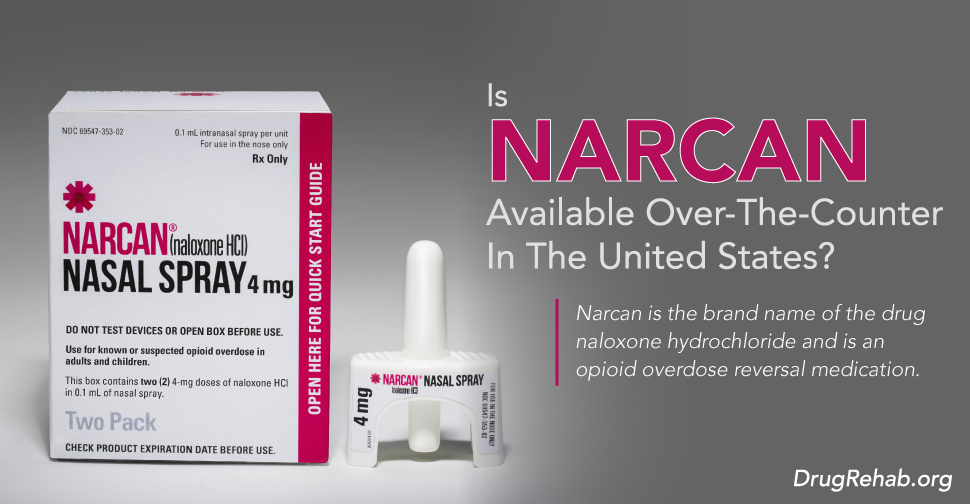
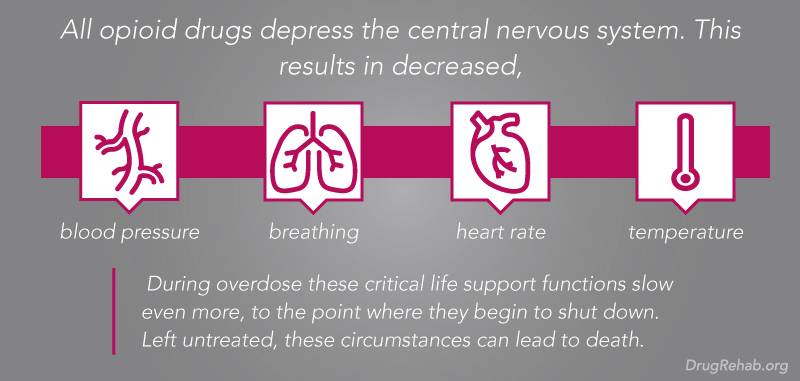

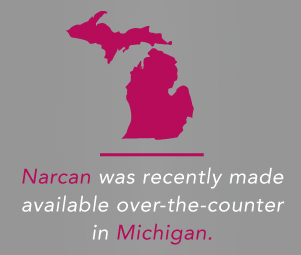 Additionally, a person who is experiencing overdose themselves may not be able to administer the Narcan. Even then, chronic opioid abusers should keep Narcan on or near them. It’s important the user notifies those close to them of the location of this drug, so that these individuals have access to it fast. The prescribing doctor or pharmacist (if purchased over-the-counter) can walk you through using Narcan.
Additionally, a person who is experiencing overdose themselves may not be able to administer the Narcan. Even then, chronic opioid abusers should keep Narcan on or near them. It’s important the user notifies those close to them of the location of this drug, so that these individuals have access to it fast. The prescribing doctor or pharmacist (if purchased over-the-counter) can walk you through using Narcan.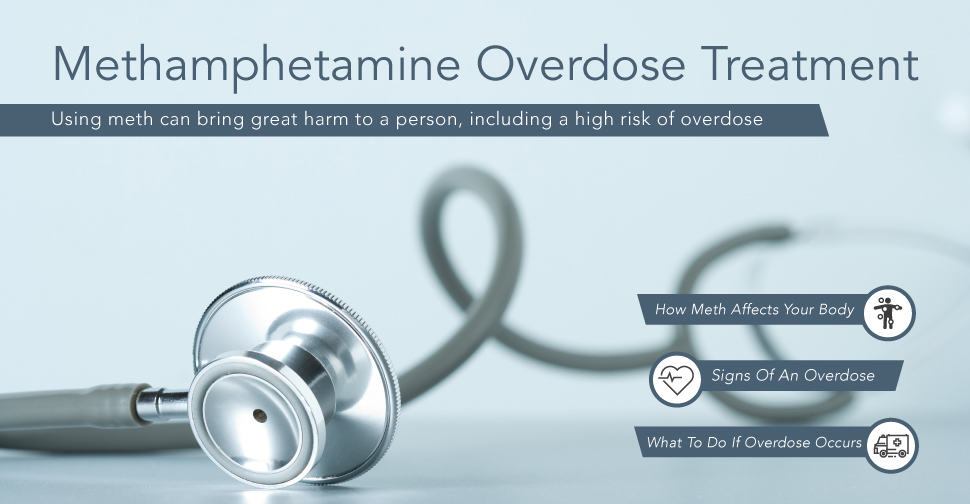
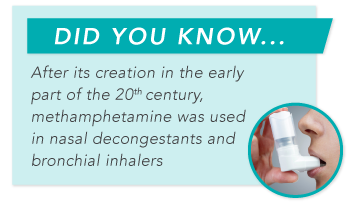

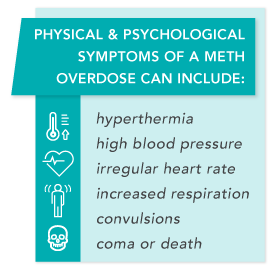 Agitation
Agitation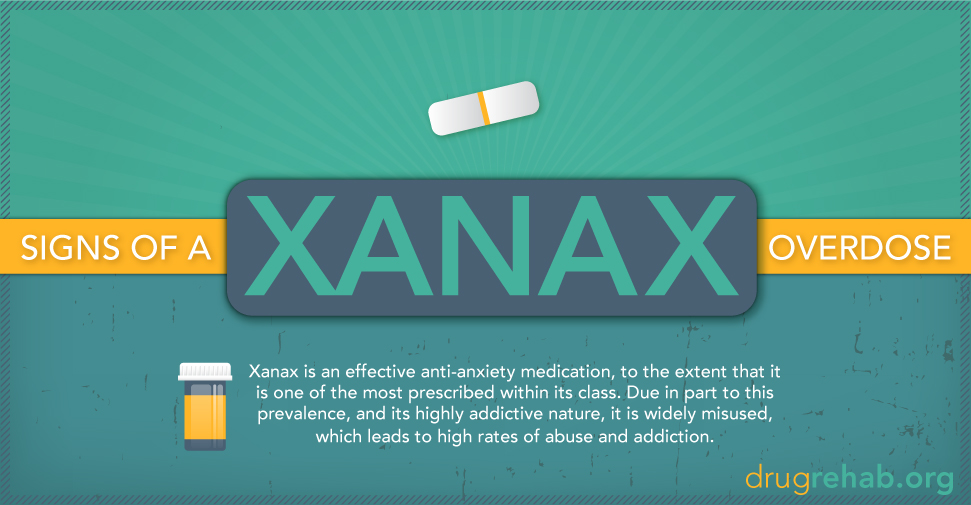
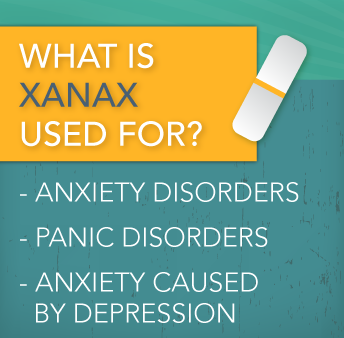 When used properly, Xanax (alprazolam) holds the potential to be a valuable tool in fighting generalized anxiety and other more extreme panic disorders, by helping people to combat their stress and maintain emotional and mental stability in their life. Xanax works towards depressing your central nervous system in a way that creates a calming state and the characteristic signs of sedation.
When used properly, Xanax (alprazolam) holds the potential to be a valuable tool in fighting generalized anxiety and other more extreme panic disorders, by helping people to combat their stress and maintain emotional and mental stability in their life. Xanax works towards depressing your central nervous system in a way that creates a calming state and the characteristic signs of sedation.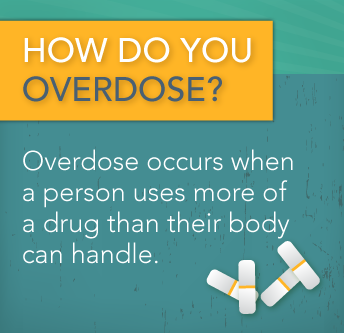 Xanax is available in an extended-release version. What this means is that the pill is meant to be taken in its whole form, due to the fact that it is designed in a manner that gradually releases the medicine into your body. Sometimes when a person is abusing Xanax, they will alter the pill, either crushing it or breaking it apart. This affects the drug’s absorption, allowing it to be assimilated into your body quicker, creating a higher risk of overdose.
Xanax is available in an extended-release version. What this means is that the pill is meant to be taken in its whole form, due to the fact that it is designed in a manner that gradually releases the medicine into your body. Sometimes when a person is abusing Xanax, they will alter the pill, either crushing it or breaking it apart. This affects the drug’s absorption, allowing it to be assimilated into your body quicker, creating a higher risk of overdose.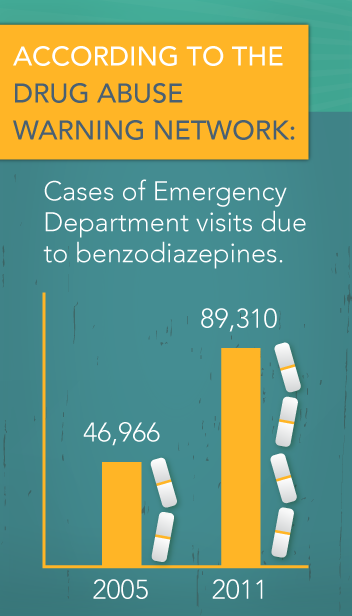 According to the Drug Abuse Warning Network, cases of Emergency Department visits due to benzodiazepines alone rose from 46,966 in 2005, to 89,310 in 2011, which is just over a 50 percent increase.
According to the Drug Abuse Warning Network, cases of Emergency Department visits due to benzodiazepines alone rose from 46,966 in 2005, to 89,310 in 2011, which is just over a 50 percent increase.